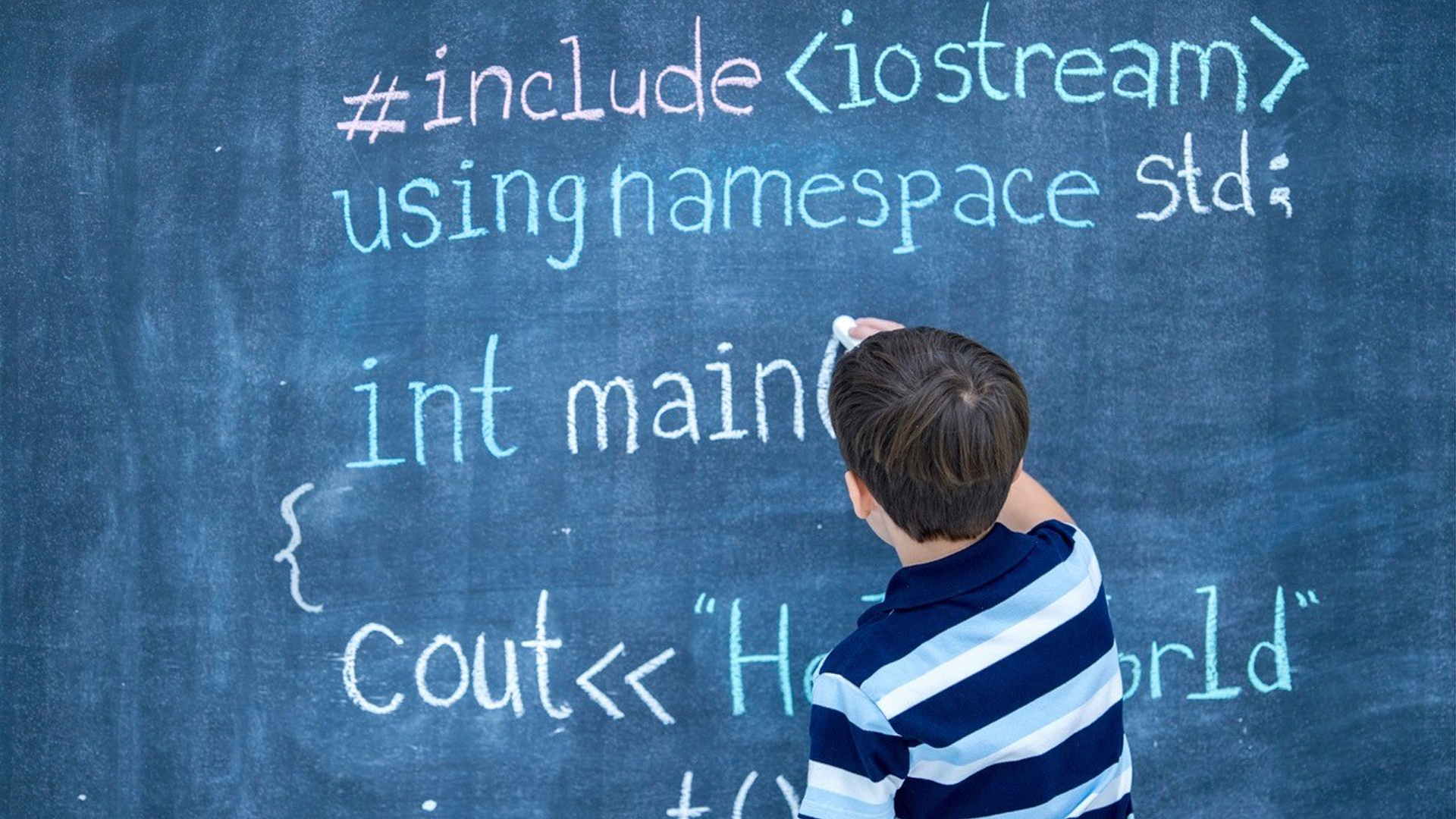BY PAM RUTLEDGE, PHD
Doctoral faculty, Media Psychology
November 24, 2020
8 steps to emotional connection online and offline.
Every year about this time, there is a wealth of “how to survive the holidays” articles and advice. It’s no secret that holidays can be stressful, even under the best of non-pandemic circumstances. The holiday season is full of demands and it’s hard to ignore images of Insta-perfect holiday décor, artistically decorated cookies, and idyllic children wearing clean clothes. The clean clothes alone should tell you it’s not for real but still, we torment ourselves.
 But this year, we’re faced with a whole new dilemma to add to the mix—socially distant holidays. Surviving the holidays takes on a whole new meaning when dealing with a pandemic, especially for those of us who have suffered a loss and when traveling and family gatherings present serious risks. Creating social connection in the age of COVID is the Great Holiday Challenge of 2020. Technology with some compassion and creativity can help.
But this year, we’re faced with a whole new dilemma to add to the mix—socially distant holidays. Surviving the holidays takes on a whole new meaning when dealing with a pandemic, especially for those of us who have suffered a loss and when traveling and family gatherings present serious risks. Creating social connection in the age of COVID is the Great Holiday Challenge of 2020. Technology with some compassion and creativity can help.
Many, if not most, of the traditions that relied on people gathering in large groups are off the table. Looking on the bright side, this is a great excuse to avoid the holiday pressures that used to drive us nuts. Having to stay at home for the holidays may alleviate a lot of the normal anxieties. No need to cook for large groups, worry about sensory overload from too many people in not enough space and forced socialization, such as dealing with your drunk cousin’s husband or your aunt’s lack of verbal impulse control.
Such radical change, however, creates feelings of loss. Not only is social separation violating our innate social norms, such as hugging and touching, we invest a lot of emotion and meaning into the rituals of family gatherings. It’s hard to find a satisfactory substitute for a hug. Feeling sadness and frustration over the loss is normal. Acknowledging your feelings is a good thing– but getting stuck there is not. Being preoccupied with what we don’t have is a very slippery slope. It can lead you down into a spiral of negativity because where our thoughts go, our emotions follow. Negative thoughts can trigger negative emotions—and here’s where you get stuck—it works in reverse too. Negative emotions tend to create negative thoughts. Welcome to the downward spiral. Once there, it can be hard to climb out.
So what do we do? It’s time to think outside the box since we can’t go outside anywhere else. At the risk of sounding like Pollyanna, we have an opportunity here to invent new rituals and to find creative and meaningful ways to connect using technology.
Step 1: Take mindfulness moments to be grateful for what you have.
This will help motivate you to reorient your thinking from what you can’t do to what you can*. Intentionally focusing on gratitude moments, even for small things, increases positive emotions and influences how you experience everything else. By doing that, you can create an upward spiral to take you through the holidays. If you’re having trouble creating motivation for yourself, do it for your family.
Step 2: Start with goals to highlight your #1 priority for the holiday.
My recommendation is to focus on how to help the family connect this holiday—not how to cook the perfect turkey or trim the most elegant tree. But you do you. Just be realistic about what will make you FEEL the best. Once you have your #1 priority, use it to evaluate every activity, media or otherwise, by whether it supports your main goal.
Step 3: Be willing to be creative and even crazy.
Try to turn every challenge into an opportunity that doesn’t just adapt but redefines the problem with the outcome. If you can’t prepare your normal Thanksgiving meal, don’t compromise. Do something you would normally never do – buy take-out. You might find that having a laugh over KFC and a Rom-Com is much more fun than stressing over the perfect turkey. Some families who live near each other are dividing up the cooking chores, dropping off food for each other and then zooming during the meal. My very wise mother said to me tonight, “with adversity comes creativity, and sometimes it takes a couple of crazy ideas before you get to something good.” Cut yourself and others some slack. We’re already stretched thin emotionally from nearly nine months of COVID uncertainty, working remotely, homeschooling and a myriad of economic and social pressures. We’d probably burn the gravy anyway.
Step 4: Catch yourself when you fall.
We all stumble when times are hard. Create a catch-phrase and stick it to the refrigerator to remind your better self to show up. Read it when you feel your cheerful resolve slipping.
Step 5: Try the “3-C’s”:
Compassion, Curiosity, and Choice are the 3 C’s that I use to help guide my decision making when I’m under pressure. Step 4 was really just self-compassion, a reminder not to hold the bar too high this year (or ever, really.)
It’s also having compassion and patience with others. COVID increases all kinds of media consumption because social connection is more important to wellbeing than arbitrary measures of time in front of a screen—any screen. Have compassion for others and be open-minded. Take that compassion and cast it out to those who are single or isolated alone. Reach out and loop them into your family Zooms. The great thing about video calling is that you can do it from anywhere that there’s Internet. It’s the perfect time to include new faces.
Step 6: Embrace technology use.
You can set aside any preconceived notions about media use in general and “screen time” in particular. What you do with technology is what really matters. Part of embracing technology means being curious about others’ technology preferences– people connect in many different ways. What looks like a total waste of time to you might be a significant social connection to a teen or tween. It’s normal for kids to want to connect with friends rather than hang out with parents. In particular, teens need social connection to support social maturity (despite how it looks when teens are socializing) and identity development. This commitment to socialization is developmental, NOT addiction and NOT narcissism.
Some people connect on Fortnite or Minecraft, while others will use Facetime. Get your kids to teach you to play. Look for opportunities to play games collaboratively, such as House Party and Backyard, or go old school and Zoom your way through Charades and Pictionary. We’re giving House Party a try so that we can get multiple generations playing “Quick Draw” from coast to coast. Play and laughter (which is sure to happen when you’re trying games on Zoom) is essential to wellbeing, and online games can provide psychological and social, creating shared experiences.
Even a family binge-watching session of a favorite show provides a little healthy escapism that can improve mood and create common ground. Check out Netflix’s TeleParty or Disney+ Group Watch. These are just two of the apps that let you watch movies simultaneously from different locations. There are lots of choices for hosting virtual watch parties. Some apps even allow you see and hear and chat with your friends while watching.
If people in your family or group like different media than you do, or play games you’ve never heard of, be curious and ask about what they like and why. Expressing interest rather than ‘pooh-poohing’ something outright goes a long way toward creating a meaningful emotional connection by signaling trust and respect. Haven’t tried Minecraft? Have the closest ten-year-old take you on a tour. Perspective-taking is a useful technique for this– try to see things the way your others do. Listen, learn, discuss, and share. No matter what age.
Step 7: Relish choice.
Choose to investigate and use any tools that might work. Aim for positive emotional targets and balance, not perfection, always guided by your most important priority. Try scheduling a holiday Zoom with Grandma (check out AARP or YouTube for senior-friendly instructions and do a test run.) Set a place at the table for family members who aren’t there so they can zoom in to join you for a toast or dessert.
Step 8. Read Step 1 again.
Whenever possible, choose mindfulness and gratitude. There’s some technology that can help with that, too. Headspace, Gratitude, Mindfulness, Calm and Inner Balance are some of the many apps that guide you toward There are a lot of things that we don’t control right now; things that aren’t as they “should be”. Focus on what you do have. You can choose whether you view the upcoming holidays as fun or burdensome. It truly is in how you look at it. Sometimes optimism takes practice. But the more you focus on gratitude and your priorities and the less on how things compare to last year, perfection, or anything else, the more you’ll enjoy the holidays.
Note: * I don’t want to minimize the genuine tensions, anxiety, stress, and pressures many people face. Separation, loss of income, illness, and grief are all very real for many of us. Focusing on reframing your thoughts and trying out mindfulness, gratitude, and relaxation apps can help make things better, but they’re not a cure-all. If you are depressed and despondent, I encourage you to seek help from a mental health professional.
ABOUT THE AUTHOR:
Join Over 7,500 Fielding Alumni Located Around The World!
Change the world. Start with yours.™







Get Social